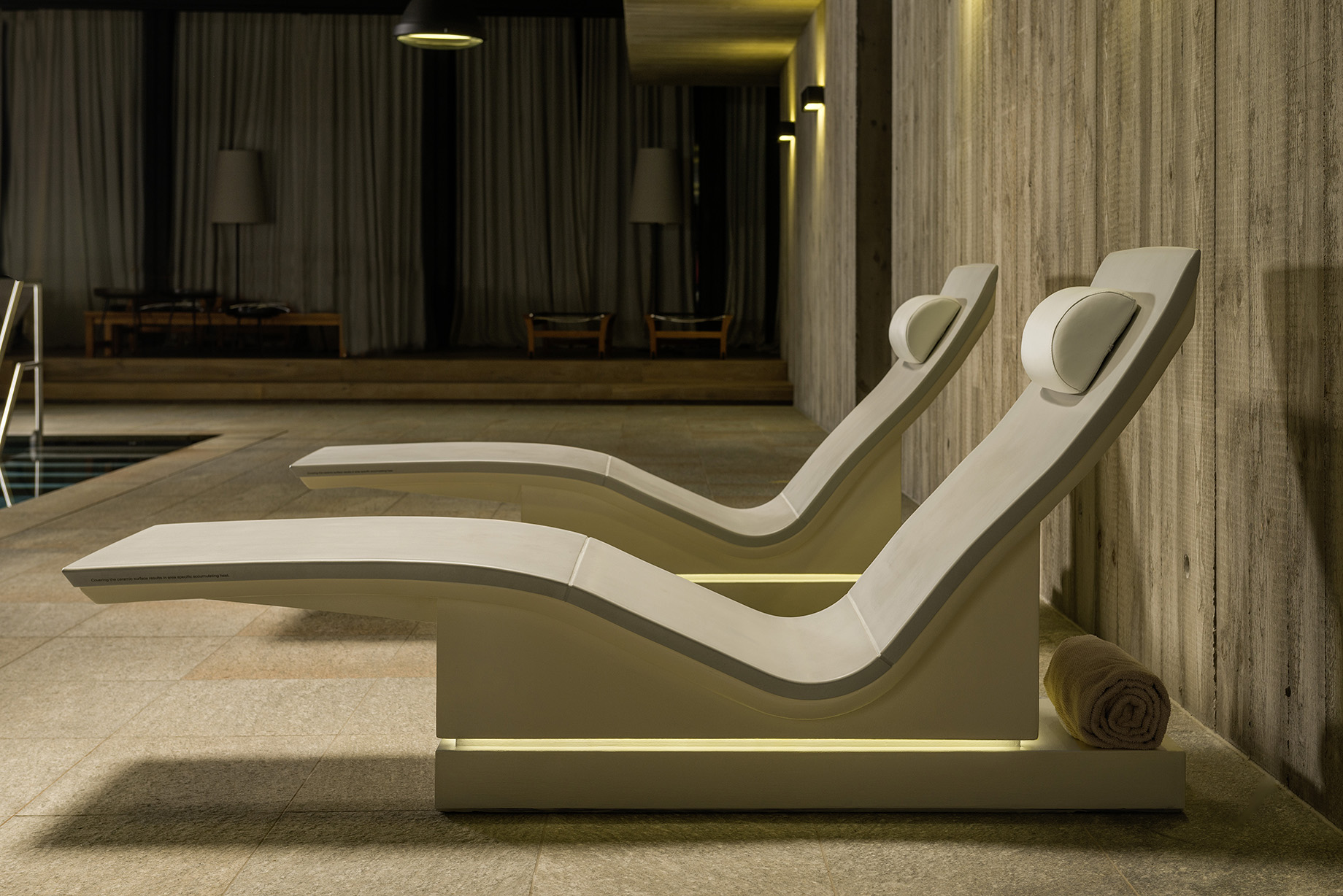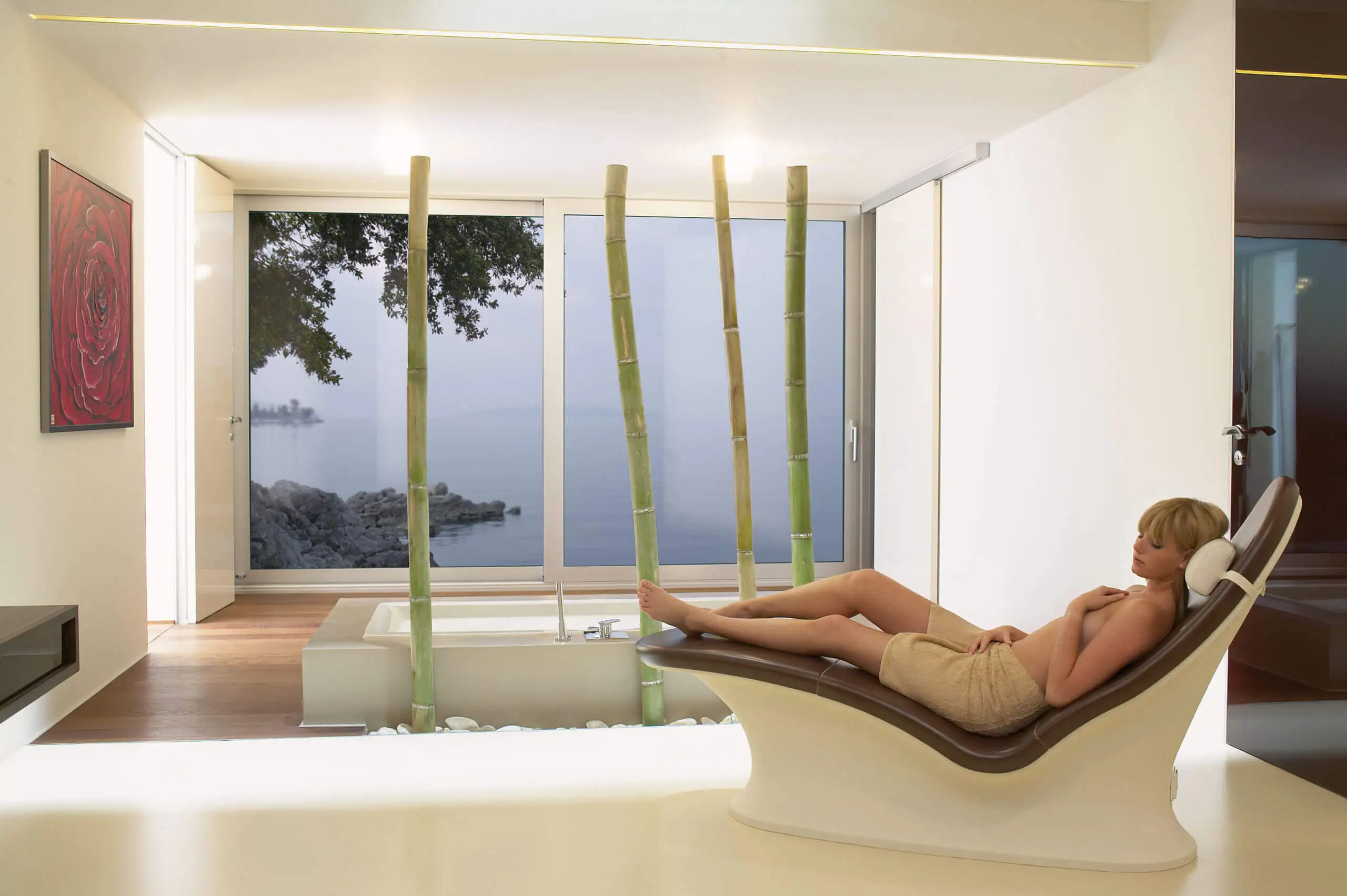No products in the cart.
When investing in a home sauna, most people land on the same question: what’s the actual difference between a traditional and an infrared sauna and which makes more sense for their space, lifestyle and expectations? While both offer potential health and relaxation support, they work in fundamentally different ways.
This guide breaks down the real distinctions, side by side, so you can confidently choose what aligns with your everyday routine.

A traditional sauna offers:
An infrared sauna offers:
Both offer dry heat and encourage the body to sweat, but the method of heat delivery affects how they feel in use.

Some people prefer the enveloping, high-temperature experience of a traditional sauna. Others find that level of heat too intense and opt for the gentler feel of infrared.
If comfort is a priority, infrared saunas are often better tolerated by users who are sensitive to heat, have lower tolerance thresholds or want longer sessions without discomfort. Traditional saunas are ideal for those who enjoy the full-body heat and post-session cooldown sensation.
| Feature | Traditional Sauna | Infrared Sauna |
|---|---|---|
| Heat-up Time | 20 minutes | 10–15 minutes |
| Electrical Setup | Requires hardwiring | Plugs into outlet |
| Ventilation Needs | More critical | Minimal |
| Space Required | More | Less |
| Installation | Will need a contractor | Often DIY-friendly |
Smaller households or those living in apartments often favour infrared units for convenience and faster prep. However, for those building a larger wellness area, traditional models can create a more immersive space.
Traditional saunas typically draw more energy due to their higher temperature ranges and longer warm-up times. They also need more regular checks, especially if rocks and water are involved.
Infrared saunas tend to be more energy-efficient for frequent, short sessions. With fewer mechanical parts, they require less upkeep overall.
1. Space
Infrared saunas suit smaller areas and require less structural planning. They’re a practical solution for homes without a dedicated wellness room or large bathroom.
2. Daily Usability
Those wanting quick, low-prep sessions might find infrared more practical for daily use. You can step into an infrared sauna within minutes, making it easier to stay consistent with use. This can be overcome in traditional saunas by WiFi options and ever-ready heaters.
3. Comfort
Traditional saunas offer better comfort by generally being larger and offering different levels of heat.
4. Wellness Goals
While both support muscle recovery and stress relief, traditional is better suited to pain relief with long clinical studies done.
5. Ambience and Experience
Traditional saunas offer a more ritualistic, sensory experience from the dry wood aroma to the warmth rising with every pour of water on the rocks. They’re often chosen for their calming atmosphere and the sense of routine they bring to wellness rituals.
Choose a traditional sauna if:
Choose an infrared sauna if:
Both options support general wellbeing and can become a valuable part of your home life. The best choice depends on what feels manageable, comfortable and worth maintaining over time.
If you’re weighing up traditional sauna vs infrared sauna, the good news is you’re already close to the right decision because both offer legitimate value. What matters is which one fits how you live and relax.
To compare models in person or speak with an expert, visit our showroom or get in touch today. Our team is here to guide you through every step.
Photo: Sommerhuber